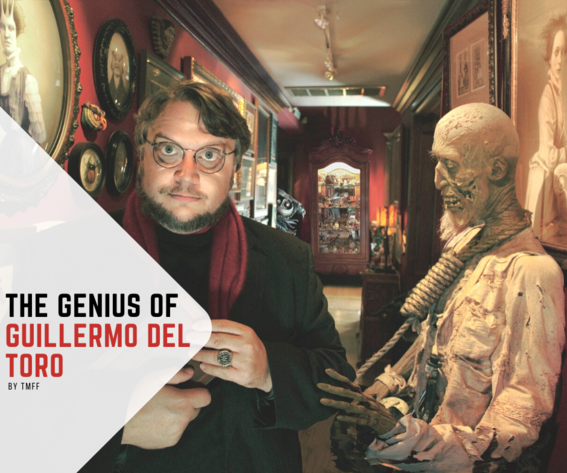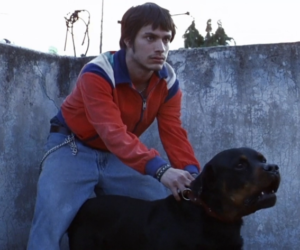Great filmmakers have a natural ability to give each of their films a particular kind of style that separates it from other films. When discussing the subject of horror, comic book adaptations, or historical fantasy, Guillermo Del Toro has an extraordinarily unique mise-en-scene in each of his films.
It’s challenging to find a filmmaker with such a wide range of films with consistent otherworldly and stunningly serene characters and settings embodied in their films. So, what makes Guillermo Del Toro such an immaculate filmmaker? Let’s take a look at the genius behind iconic filmmaker Guillermo Del Toro.
Who is Guillermo Del Toro?
Guillermo del Toro Gómez was born on October 9, 1964, in Guadalajara, Jalisco, Mexico, and is primarily known as a filmmaker but is also an author, actor, and make-up artist. Del Toro’s most acclaimed works are Labyrinth (2006) and The Shape of Water (2017), the latter of which he won the Oscars for Best Director and Best Picture.
Prior to reaching acclaim in the 21st century, Del Toro was heavily influenced by the makeup and effects of Dick Smith (The Exorcist) as a teenager. Soon after, Del Toro achieved monumental recognition in 1993 with his film Cronos, which won nine Ariel Awards (the Mexican equivalent of the Oscars).
Finally, In 2002, Del Toro truly broke into the mainstream after directing the Wesley Snipes vampire sequel, Blade II (2002), and the Ron Perlman-led comic book adaptation Hellboy (2004).
Distinctive Cinematic Style
What truly separates Del Toro from so many other filmmakers is his distinctive cinematic style. His films have a natural aura to them that makes audiences feel like they’re on a trip via dreamland. His films aren’t just about delivering a compelling story but taking the story, so it’s as if the audience is right there following the characters around.
Detailed Settings and Characters
As great as Del Toro’s storytelling and cinematography direction are, his detailed settings and characters truly give his films that Del Toro ethos. Even Blade II and Hellboy, which were derived from comic book material, had a strong personification of those worlds where it didn’t just feel like another comic book movie.
Compelling Backstories
Backstories play a critical role with Del Toro’s characters, primarily influenced by unique imagery. For example, in The Shape Of Water, the main protagonist Elisa is a mute and a janitor who was found abandoned as an infant with wounds on her neck by the side of a river. That may seem like an emotional component demanding sympathy from the audience, but it plays a much more critical role when Elisa meets the Amphibian Man.
Best Guillermo Del Toro Films
Although Del Toro has directed over 12 films, not every film is as great as some of his best work. If interested in beginning your Del Toro film journey, below will highlight a few of his best films with their loglines below:
● Cronos (1993)
A mysterious device designed to provide its owner with eternal life resurfaces after four hundred years, leaving a trail of destruction in its path.
● The Devil’s Backbone (2001)
After Carlos – a 12-year-old whose father has died in the Spanish Civil War – arrives at an ominous boys’ orphanage, he discovers the school is haunted and has many dark secrets.
● Hellboy (2004)
A demon, trained from infancy after being rescued from the Nazis, grows up to become a defender against the forces of darkness.
● Pan’s Labyrinth (2006)
In the Falangist Spain of 1944, the scholarly young stepdaughter of a vicious army officer escapes into an eerie but captivating fantasy world.
● The Shape of Water (2017)
At a top-secret research facility in the 1960s, a lonely janitor forms a unique relationship with an amphibious creature that is being held in captivity.

















